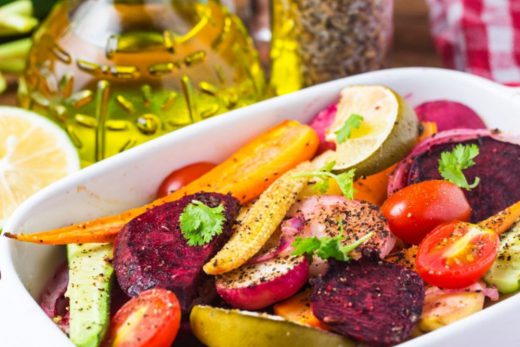Ferment Sourdough Properly
One of the key concepts to master for baking great sourdough bread is proper fermentation: This starts with a strong starter and continues through to proofing and baking.
So far in our series on sourdough bread, we’ve discussed the science of sourdough, explained how to get a starter up and running, compared starters made from different flours, and offered a solid recipe for baking a sourdough loaf. But if you want to master this craft, it helps to understand two foundational concepts in more detail: proper fermentation and proper dough handling. As the sourdough luminary Trevor Wilson writes in Open Crumb Mastery, 80 percent of an open crumb comes from those two concepts alone. Here we’ll talk about fermentation and how you can apply it to your sourdough baking.
We’ve already covered and defined fermentation as a general concept in sourdough starters: Microorganisms (yeast and lactic acid bacteria) break down starches to produce carbon dioxide gas and sour flavors. For breads, proper fermentation maximizes the potential for effective expansion and trapping of gases in a well-developed gluten matrix. It is also the key to developing flavor in your bread. We can break fermentation down further into two parts: 1) making a strong and active starter and levain and 2) ensuring proper bulk fermentation.





